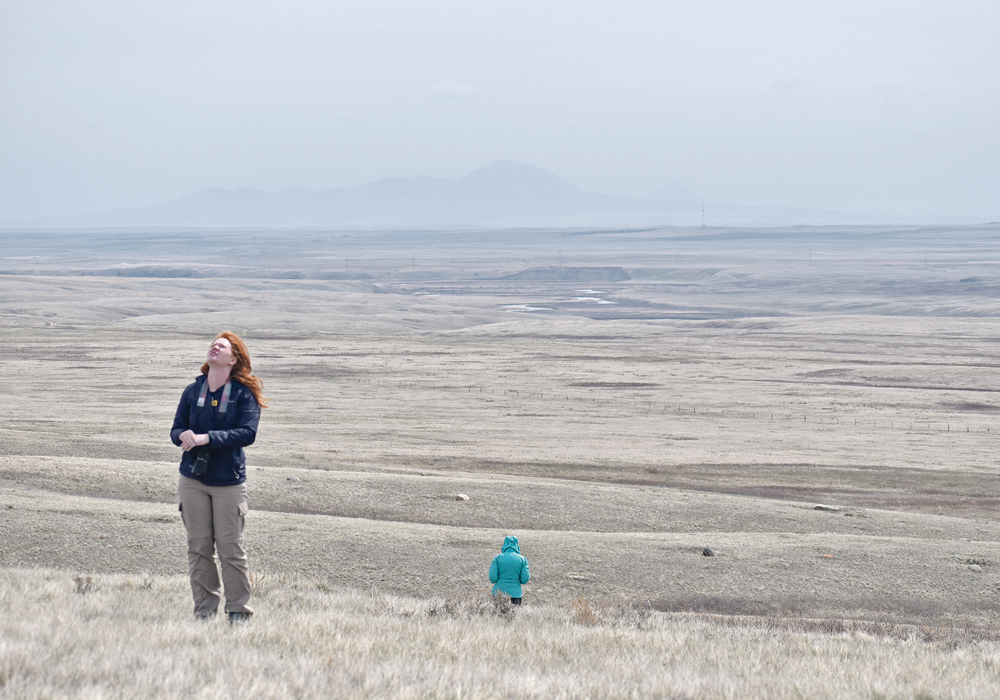A spring tour of the Milk River Watershed in southern Alberta provides visitors with a sense of their own insignificance
The short grass on the prairie west of Milk River, Alta., crunched underfoot April 26. It was an additional sensory signal that the region needs moisture, a condition already evident when viewing the tan-coloured hills and coulees.
As more than one participant remarked during the Milk River Watershed spring tour, the vastness of the open landscape gives visitors a sense of their own insignificance. The plains stretch south to the United States, where the Sweetgrass Hills rise from the grass. To the north, from some vantages, the prairie seems empty and endless.
Read Also

Using artificial intelligence in agriculture starts with the right data
Good data is critical as the agriculture sector increasingly adopts new AI technology to drive efficiency, sustainability and trust across all levels of the value chain.
One can easily imagine bison herds grazing in these hills, which are also fitting places for First Nations vision quests. Evidence of those, and of teepee rings, are here in grass-covered reaches where the human spirit has space to soar.
Yet the landscape is far from empty. Purple crocuses, meadow phlox and meadow parsnip thrive on the hills, while yellow bells and shooting stars cling to shelter slopes that held onto more snow earlier in spring.
White-tailed deer made their bounding escapes away from vehicles. A Sprague’s pipit voiced its presence, hawks flew overhead, Richardson’s ground squirrels showed twitchy tails as they disappeared into burrows and a great horned owl sat stolidly on a nest of twigs and branches.
Under the guidance of Ed Sloboda, who has lived in and explored the region all his life, those on the tour were shown landscapes that illustrate the beauty and diversity of the Milk River region.
[ngg src=”galleries” ids=”84″ display=”basic_thumbnail”]
















